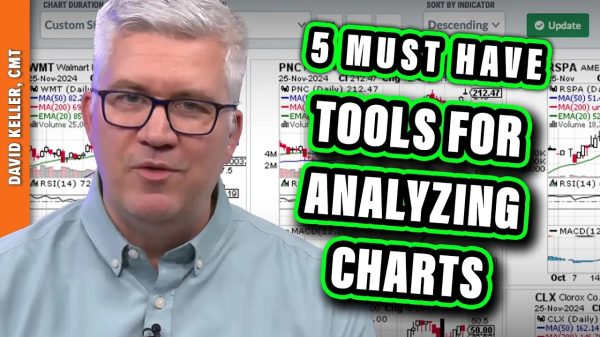The thirty-year mortgage, of all things, came under attack in a piece by Ben Casselman in the New York Times. The three-decade fixed rate loan is, of course, a creation of the government and adds constant fuel to the US housing market. The title of Casselman’s piece calls the most popular debt instrument for home purchases “weird,” “cushy,” and “old.” He blames low interest rate thirty-year fixed loans for the broken housing market.
Casselman points out that nearly 95 percent of US mortgages have fixed interest rates, and of those, more than three-quarters are for thirty-year terms. Once upon a time, homebuyers could only borrow half the purchase price for a home and that loan would be due in three years. The Federal Housing Association changed all of that in the 1930s.
Casselman writes, “No one set out to make the 30-year mortgage the standard. It is ‘a bit of a historical accident,’ said Andra Ghent, an economist at the University of Utah who has studied the U.S. mortgage market.”
Herbert Hoover would be disappointed hearing that America’s favorite mortgage is an accident. In 1931, with Hoover in office, the President’s Conference on Homebuilding and Home Ownership lobbied intensely for establishing institutions that would be the beginning of government’s direct involvement in mortgage finance: the Federal Home Loan Bank System, the Federal Housing Association, and a number of other federal housing programs.
The Federal Housing Association’s guarantee of mortgages made twenty-year, fully amortizing mortgages possible in the beginning, then twenty-five-year and ultimately thirty-year mortgages. In my book Walk Away, I cite professor Thomas J. Sugrue who wrote that since the 1930s “America has become a nation of homeowners and home-speculators because of Uncle Sam.”
Professor David Howden made the point, during a recent conversation with Jeffrey Barr and me, that a home purchase most often involves two transactions: the purchase of a home (real estate) and the sale of a mortgage or bond to finance the purchase. Going further, I would break a home purchase into three parts: first, the buyer is long the land and entitlements (what Austrians would call a higher-order good); second, the buyer will consume the house (as brick and mortar depreciates); and third, the buyer is short the mortgage.
There is tremendous value in being short a low-coupon mortgage. As interest rates rise the value of the mortgage falls, adding value to the homebuyer’s purchase bundle. With mortgage rates at 7.25 percent, a homeowner’s short position on a 3.5 percent mortgage or bond may be half the face amount of the mortgage. The value is realized with the lower monthly payments. Not to mention the Fed’s money creation inflates the principle away. Why would anyone undue that trade? Unless they had to.
And it gets better. As the New York Times scribe points out, mortgages can be prepaid with no penalty. When rates fall, mortgage companies fight tooth and nail to lower your payments. Or, as we might say, unwind your high coupon mortgage transaction and in turn sell a low-coupon mortgage. Indebted homeowners can have their cake and eat it too.
And it gets better again. “By making it easier to buy, the government-subsidized mortgage system has stimulated demand, but without nearly as much attention on ensuring more supply,” writes Casselman. Yes, if anything, many neighborhood groups and municipal governments are antigrowth. The Feds subsidize demand, while local governments constrict supply. Over time, prices must go up.
What Casselman is bellyaching about is housing being unaffordable. He points his finger at the financially savvy folks who refinanced when the Federal Reserve carried out its zero interest rate policy and bought trillions of dollars’ worth of mortgage-backed securities via quantitative easing. The Fed purchased nearly $3 trillion in mortgage-backed securities just from March 2020 to March 2022. He mentions the central bank only once in his piece, how it is controlling inflation by raising interest rates. As if.
Casselman mentions shorter mortgage terms and variable rates to fix the system. But he understands with $12.5 trillion in outstanding mortgage paper, most of it fixed, the government-created, thirty-year fixed rate mortgage isn’t going anywhere.
To unstick the housing market, make all those existing low, fixed rate loans assumable. Some homeowners will happily sell their well-played short bond position along with the land and house.
























